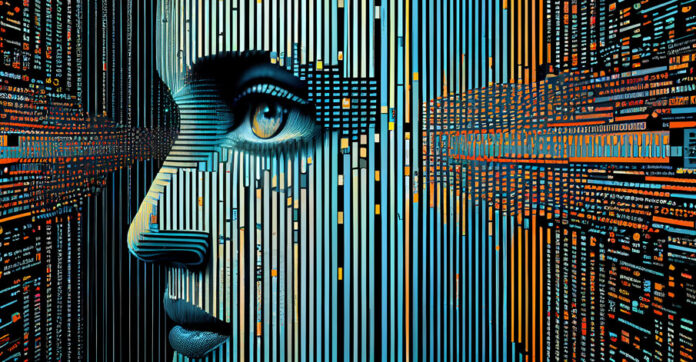
From creating realistic-looking faces to composing music, generative AI has shown tremendous potential in transforming the creative industries. Essentially, generative AI involves using neural networks and machine learning algorithms to comprehend existing data, identify patterns and generate novel and original content. Let’s take a closer look at the key statistics that indicate the future of generative AI and its potential applications, ranging from creating virtual assistants that can hold natural language conversations to generating realistic 3D models.
Generative AI: Key Statistics
According to a recent report the global generative AI market is expected to grow from $146 million in 2020 to $1.4 billion by 2025, at a Compound Annual Growth Rate (CAGR) of 57.9% during the forecast period. The report also states that the major factors driving the growth of the generative AI market are the increasing demand for AI-generated content, the growing need for creative and personalized content, and the rising adoption of cloud-based services.
Another report predicts that the global generative AI market size will reach $13.5 billion by 2028, growing at a CAGR of 32.2% from 2021 to 2028. The report highlights that the key factors driving the market’s growth are the increasing adoption of generative AI by businesses to improve customer experience and the growing demand for generative AI in the media and entertainment industry.
Generative AI: Impact and Applications
Generative AI is opening up unexplored territories in creativity and innovation. One of the key advantages of generative AI is its ability to learn from large amounts of data and generate new content that mimics the patterns and structures of that data. This has led to significant breakthroughs in areas such as image and video generation, where generative AI can be trained on vast datasets of images and then generate new, photorealistic images that are indistinguishable from real photos.
Another area where generative AI is making an impact is in the field of natural language processing, generating grammatically correct and semantically meaningful text. This has applications in fields such as chatbots, automated customer service, and even creative writing.
Generative AI is also being used in the field of music composition, to craete new melodies and harmonies that are reminiscent of a particular style or genre. This is leading to new possibilities for musicians and composers, allowing them to explore new musical ideas and push the boundaries of what is possible.
Furthermore, generative AI’s use cases in healthcare are noteworthy. By analyzing large amounts of medical data, AI algorithms can identify patterns and predict outcomes, which can help doctors make more informed decisions about patient care. Generative AI can also be used to create virtual models of human organs or entire biological systems, which can be used to test new drugs and treatments before they are tested on live subjects.
Generative AI is also being used in finance to analyse market data and identify patterns that might not be visible to human analysts. This can help investors make better decisions and reduce risk. In addition, generative AI can generate personalized investment strategies based on an individual’s goals and risk tolerance.
One of the most exciting aspects of generative AI is its potential to inspire new forms of creativity and innovation. By generating new content that is both familiar and yet different, generative AI can challenge our assumptions and encourage us to think in new ways. This has implications for fields such as art, design, and even scientific research, where generative AI can help us explore new ideas and make new discoveries.
Risks and Future Outlook with Generative AI
Of course, there are also potential risks and challenges associated with generative AI.
- One concern is that it could be used to create fake news or propaganda, or even to generate deepfake videos that are difficult to distinguish from real footage.
- There are also concerns about the potential impact of generative AI on employment, as it could automate many jobs that require creativity and imagination.
Despite these challenges, the potential benefits of generative AI are enormous. By unlocking a world of endless possibilities, generative AI has the potential to transform the way we live, work, and create. Whether it is through generating new images, music, or ideas, generative AI is paving the way for a more creative and innovative future.





